By Susan Lutz
New theories are always popping up to propose better methods for managing our bodies. We’ve watched the diet cycle blow in with the newest scientific data only to blow out again. Diets create a problem the minute they start because they are a one time solution. Changing the way we eat is the bottom line of changing health.
The “alkaline diet”, as it’s commonly known, lures a lot of people into the idea that having high pH levels will eradicate disease and sickness and improve overall health. Stars picked up on this way of eating and it’s been all over the media. As with any diet or change in eating habits, I’ve found that failure comes around just as I probably make strides.
I learned about maintaining a higher pH level from an acupuncturist when treating health issues for one of my children. This was way before it became trendy. I implemented as much green eating as I could, and there were definitely results. I took green seriously. Eating agendas look great in the beginning: new, colorful, and full of spark and promise. However, it gets tough when the sugar cravings kick in. With kids it’s even tougher.
Undertaking a strict alkaline way of living probably won’t work for kids unless you have a lot time to spend at home chopping and blending and creating cute food that contain all of the necessary green foods. The alkaline approach does make sense, but ultimately it’s stressful to keep up. So I’ve found some tricks to keep up the green, despite my off days.
Here are a few things I do to keep our green going:
- Juicing – fresh vegetables in the morning. Very light on the fruits and almost all veggies starts the day with a green blast. My kids look forward to it.
- Lemons – a great way to alkalize the body and help out during the day. I can drink it straight; my kids get Stevia.
- Chlorophyll – yes, that chlorophyll. They’ve bottled it. It’s touted to have many benefits such as controlling hunger, easing Candida, and keeping the body’s pH balance in line. It comes in so many forms; choose tablets, liquid, and even mint-flavored.
- Blue-green algae – touted as a super food. Some are wild for this food. It’s chock full of green, even protein. Again- choose pills or powders.
- Seaweed – Many to choose from and most are very high in alkaline such as wakame or dulse. I slip them into smoothies and salads.
- Sea salt – water can be enhanced super quickly into a higher alkaline drink by adding a bit of sea salt. Makes the water taste better, too. (And kids don’t even notice it!)
Even those who regularly utilize alkaline/acidic information debate over which foods are alkaline and by how much. Some say to stay away from most fruit while others disagree. Most agree on the foods rated highest, such as cucumbers and meat. The idea is to maintain about a 7.5 level for optimum health. Health opinions differ, stating that our body keeps track of its own pH level. It’s easy to get a box of pH strips to test your current level. Those that argue for the alkaline diet say that if we don’t give our bodies enough green, our body takes it from other places. Proponents of the alkaline way of living recommend eating 70-80% alkaline.
As with any diet, many are for it and many are not. I do not see the alkaline way of living as a “diet” but rather as a way of living. If I were able to maintain the strictest aspects of the diet, I’d be thrilled. But I live in the real world; I get hungry, have a limited budget, and only so much time. Eating green, in almost all diets, seems to be the key to good health. Choosing more organic, fresh, and less-cooked foods can only help your health. It gives you a chance to live longer with a greater quality of life. Implementing these practices over time and deeply changing how we eat as a community will benefit a green world on the inside and the out.
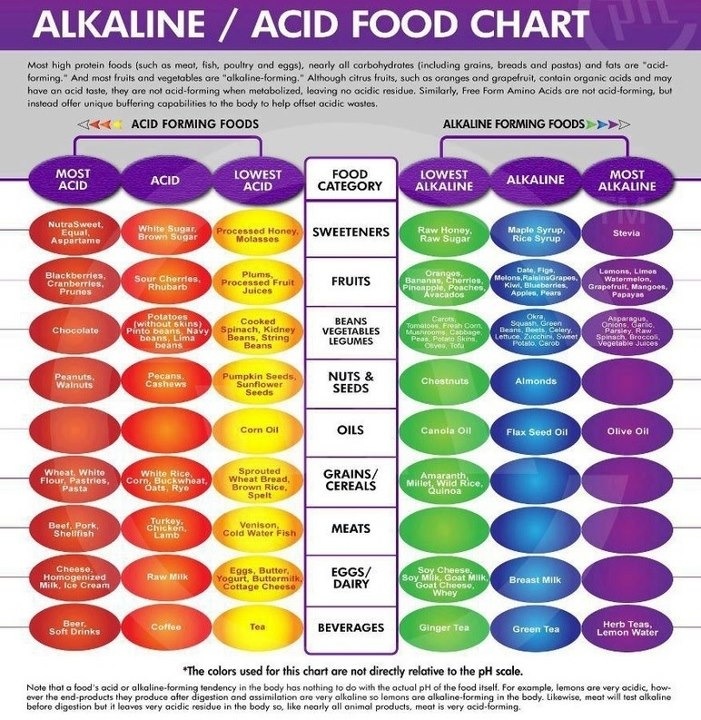
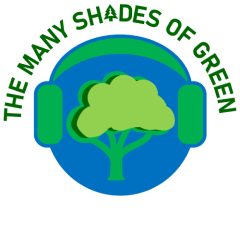
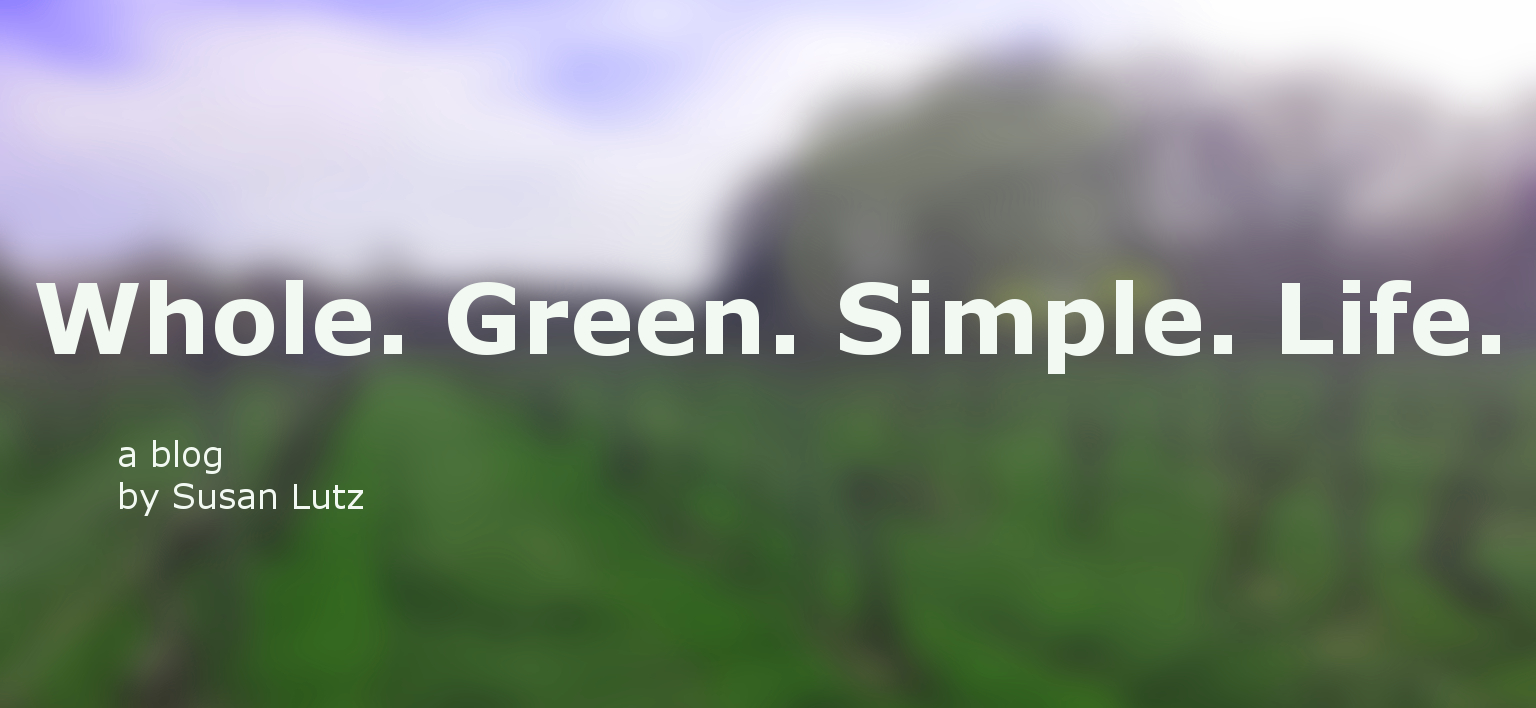
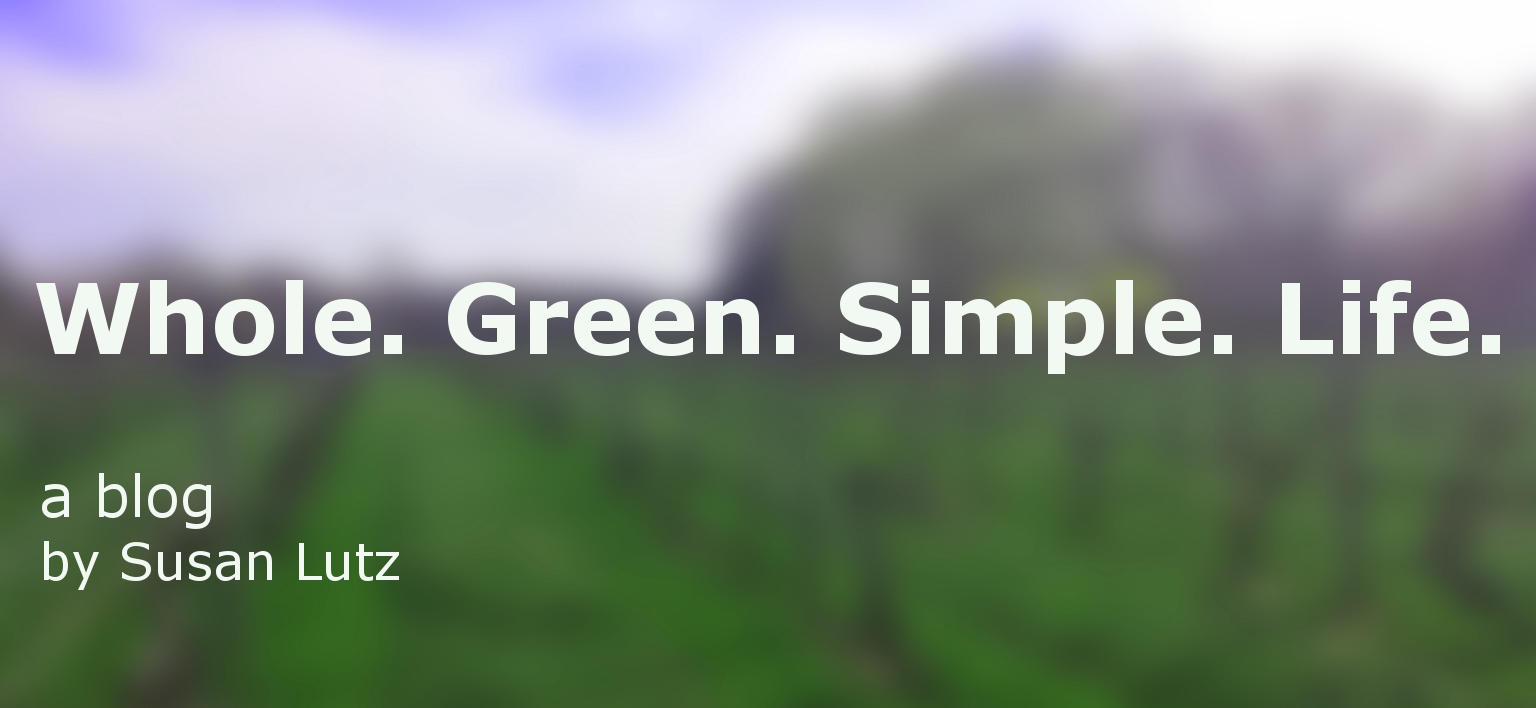
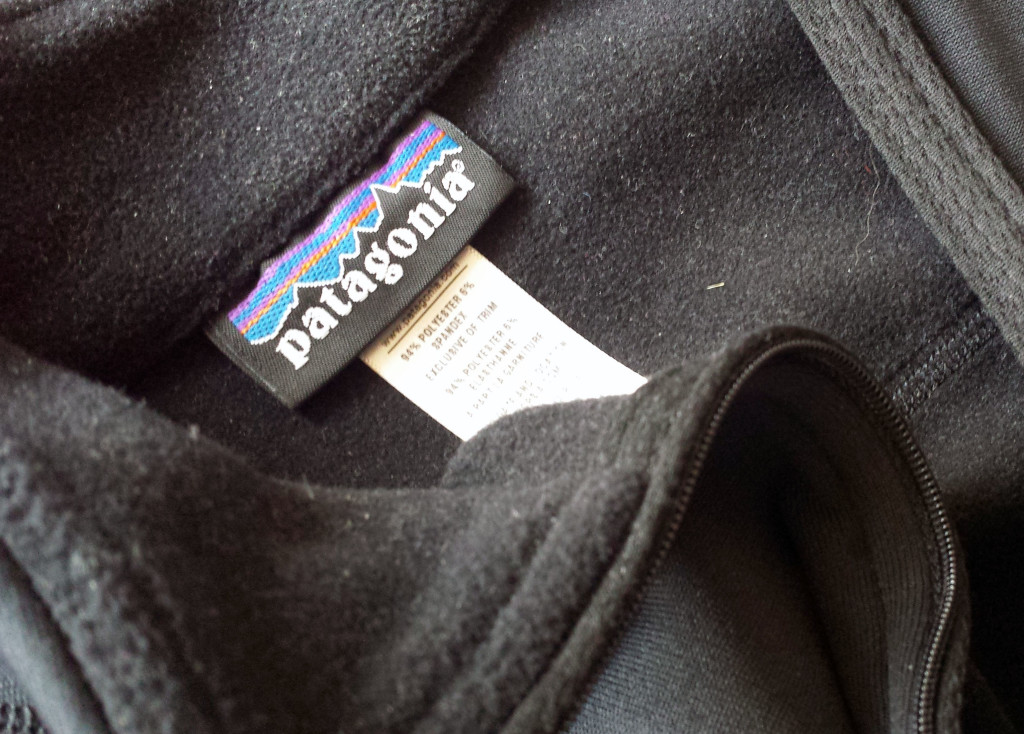 Watching the world buy and buy and buy, including myself, I wonder where it stops. Do we need six jackets; five fleece pullovers? I struggle with what to buy every time I go to the grocery store. I cringe at the site of a box store selling cheap goods, but find myself inside them when I promised myself I wouldn’t go in. How do we get out of the lure of buying stuff we don’t need? How do we buy, better?
Watching the world buy and buy and buy, including myself, I wonder where it stops. Do we need six jackets; five fleece pullovers? I struggle with what to buy every time I go to the grocery store. I cringe at the site of a box store selling cheap goods, but find myself inside them when I promised myself I wouldn’t go in. How do we get out of the lure of buying stuff we don’t need? How do we buy, better?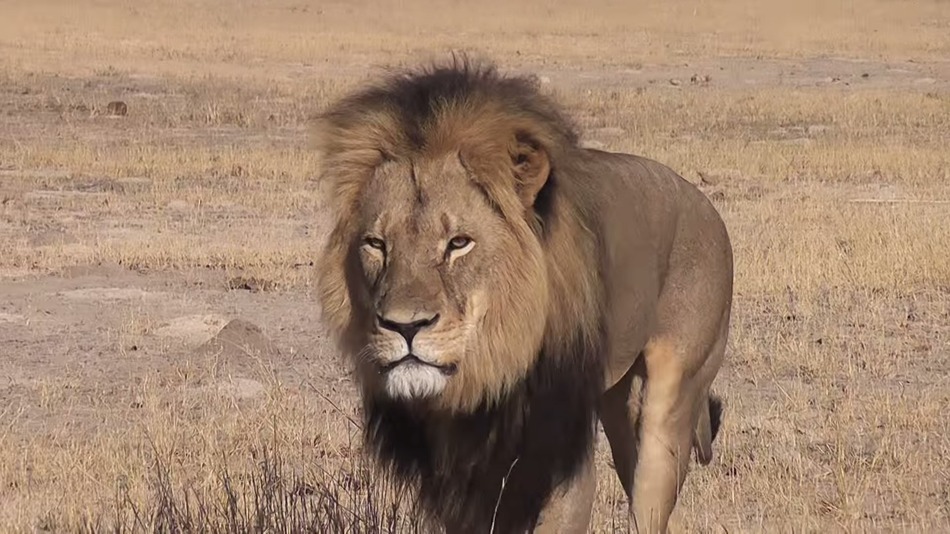
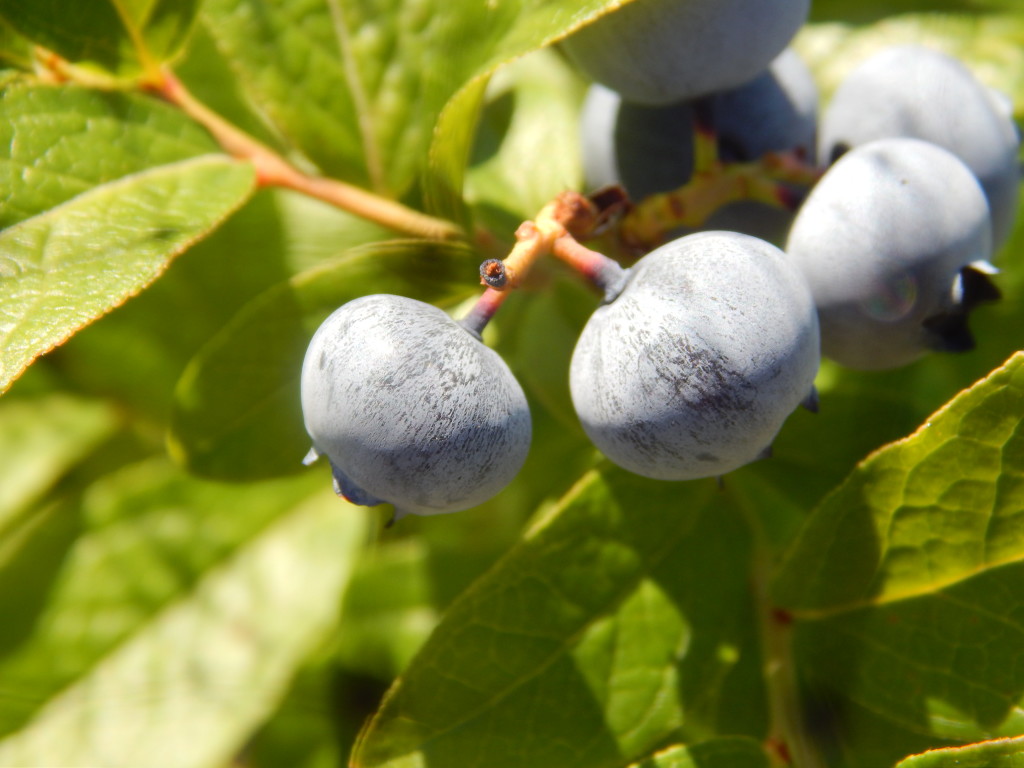 Through the years, I traveled between different paths in search of a healthier life. I figured I could get by with a “pretty-good-kind-of” healthy life. There was always room for beer and chocolate and if in small enough quantities, just about every other unhealthy food choice. My first child changed all that. Not long after her teeth came in, I noticed brown spots: rapid, fast-growing tooth decay. I took her to acupuncture. In our sessions, the acupuncturist talked about diets. It was the first time I’d ever heard of the terms
Through the years, I traveled between different paths in search of a healthier life. I figured I could get by with a “pretty-good-kind-of” healthy life. There was always room for beer and chocolate and if in small enough quantities, just about every other unhealthy food choice. My first child changed all that. Not long after her teeth came in, I noticed brown spots: rapid, fast-growing tooth decay. I took her to acupuncture. In our sessions, the acupuncturist talked about diets. It was the first time I’d ever heard of the terms 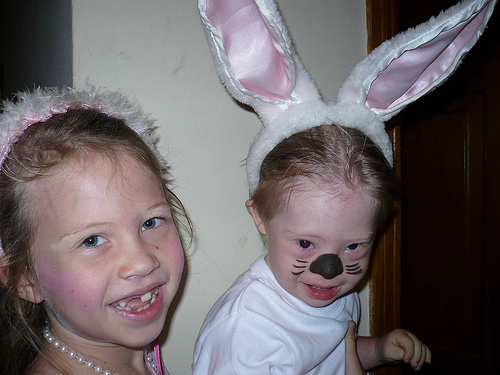 At nine months, I took my son to check on the cyst in an ultrasound. If the cyst grew, there would be reason for concern. If the cyst had stayed the same size or, was smaller, we’d have reason to know something was going right. Since I couldn’t make heads or tails out of an ultrasound, I watched the doctor’s face instead. I held down my son’s tiny penis down with rough, brown paper towels. It was quiet. My son was calm. The doctor had a very blank look on her face. She moved the wand back and forth across his belly. “They’re not there,” she said.
At nine months, I took my son to check on the cyst in an ultrasound. If the cyst grew, there would be reason for concern. If the cyst had stayed the same size or, was smaller, we’d have reason to know something was going right. Since I couldn’t make heads or tails out of an ultrasound, I watched the doctor’s face instead. I held down my son’s tiny penis down with rough, brown paper towels. It was quiet. My son was calm. The doctor had a very blank look on her face. She moved the wand back and forth across his belly. “They’re not there,” she said.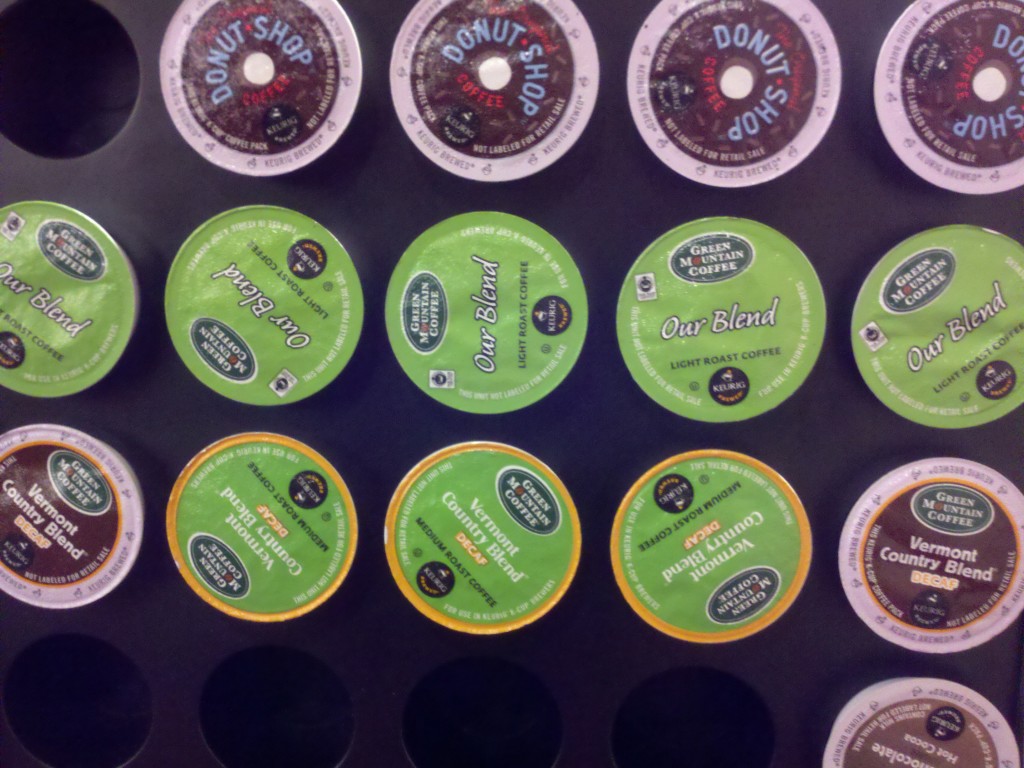
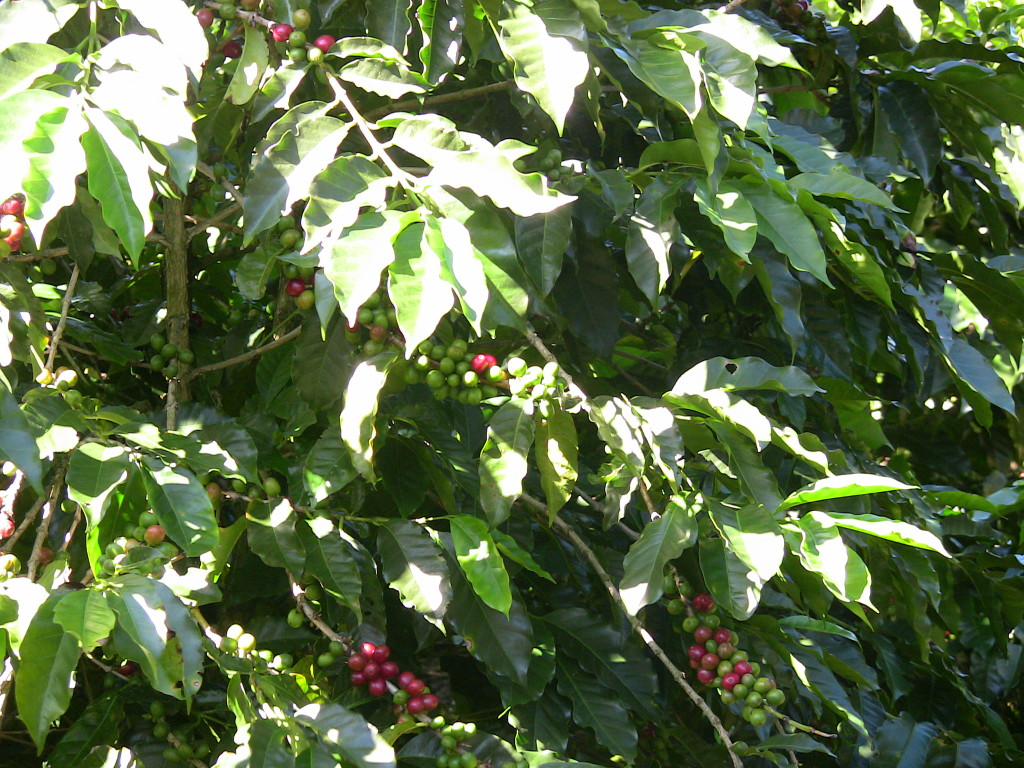 luxury. But, I lived in Central America where most things are luxuries, including roofs that don’t leak and enough food to feed a family.
luxury. But, I lived in Central America where most things are luxuries, including roofs that don’t leak and enough food to feed a family.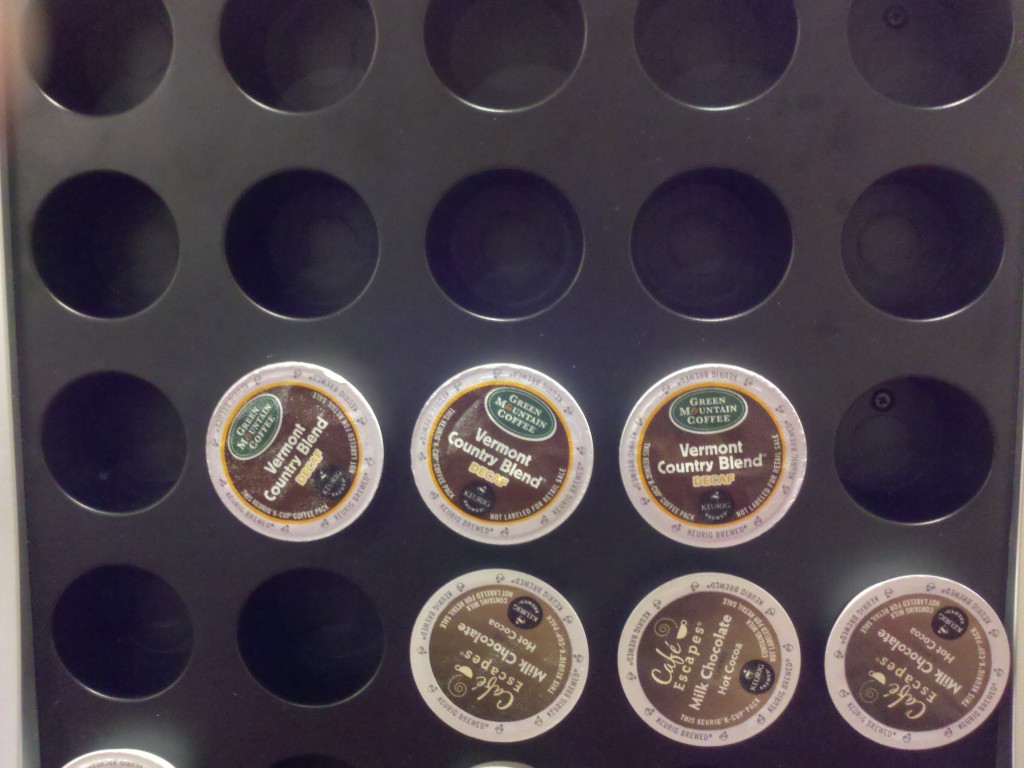 9 billion x 5 = 45 billion little, useless plastic cups filling up our needs to get something quick, fast, and with no regard for others. Getting the k-cup recyclable is, in this day and age, a non-negotiable item. But why after the fact? Why not create the product with some consciousness before the damage is done? Did Kevin Sullivan ever hear of climate change? We cause climate change in every choice we make. It’s not just the billowing smoke from factory smoke stacks. It’s us, our decisions to use or reuse or to choose sustainable with our spending power. There’s plenty of other single serving machines out there that cost the same or less than the Keurig coffee system. Are we that tight for time we can’t spend another minute tamping down a bit of coffee in a reusable machine?
9 billion x 5 = 45 billion little, useless plastic cups filling up our needs to get something quick, fast, and with no regard for others. Getting the k-cup recyclable is, in this day and age, a non-negotiable item. But why after the fact? Why not create the product with some consciousness before the damage is done? Did Kevin Sullivan ever hear of climate change? We cause climate change in every choice we make. It’s not just the billowing smoke from factory smoke stacks. It’s us, our decisions to use or reuse or to choose sustainable with our spending power. There’s plenty of other single serving machines out there that cost the same or less than the Keurig coffee system. Are we that tight for time we can’t spend another minute tamping down a bit of coffee in a reusable machine?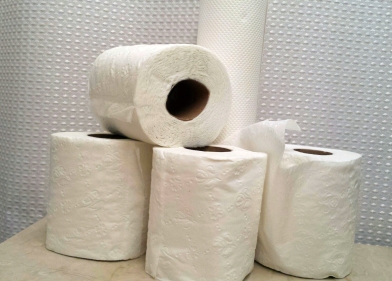 box-stores are now planted as an option for shopping, for everyone, for everything. What do we need? Do we need so much? The visual of green and pink toilet paper is one I’d never thought of until now. Walmart’s not just going to go away. We’ve helped create it. Yet, it must change. It’s too important. They’ve got the power to do it. We’ve got the power to demand it.
box-stores are now planted as an option for shopping, for everyone, for everything. What do we need? Do we need so much? The visual of green and pink toilet paper is one I’d never thought of until now. Walmart’s not just going to go away. We’ve helped create it. Yet, it must change. It’s too important. They’ve got the power to do it. We’ve got the power to demand it.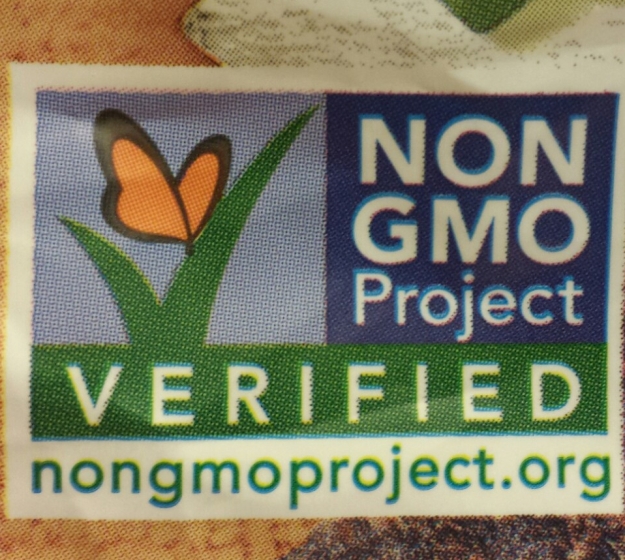 in toxic pesticides used by Monsanto and Dow for GMO crops.
in toxic pesticides used by Monsanto and Dow for GMO crops.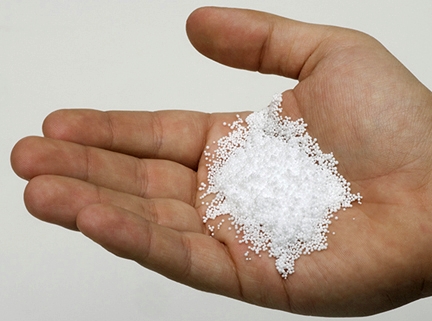 Scrub some natural face cleanser on at the end of the day. Feels wonderful. A shea butter body cream can only be good, right? Read the ingredients. Many of the cosmetics on the shelf today contain microbeads. What’s a microbead? I hadn’t heard of them either. Yet, they are now so proliferate in many of the products we use, approximately 69 NGOs from 33 countries are supporting the campaign to end the use of the microbead, according to
Scrub some natural face cleanser on at the end of the day. Feels wonderful. A shea butter body cream can only be good, right? Read the ingredients. Many of the cosmetics on the shelf today contain microbeads. What’s a microbead? I hadn’t heard of them either. Yet, they are now so proliferate in many of the products we use, approximately 69 NGOs from 33 countries are supporting the campaign to end the use of the microbead, according to 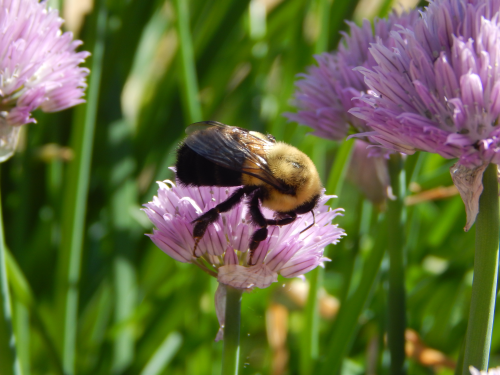 children, it also impacts the farmer and the community. If I buy local, the carbon footprint shrinks. If I buy organic, I’ve chosen a system that fundamentally focuses on how our bodies and our planet will grow naturally, without toxins. When the global issues seem out of reach, when I feel powerless, I step back and remember that my consumer choices make a difference.
children, it also impacts the farmer and the community. If I buy local, the carbon footprint shrinks. If I buy organic, I’ve chosen a system that fundamentally focuses on how our bodies and our planet will grow naturally, without toxins. When the global issues seem out of reach, when I feel powerless, I step back and remember that my consumer choices make a difference. 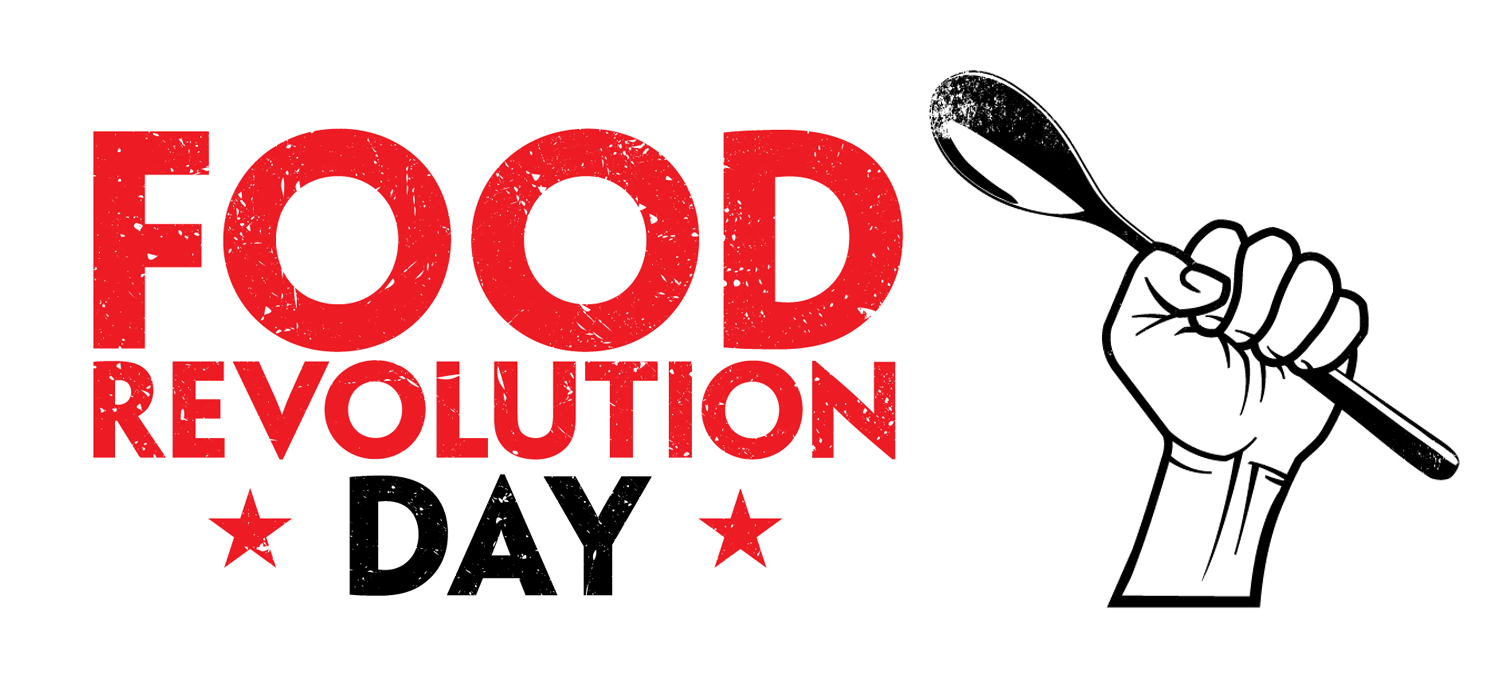
 Jamie Oliver takes on the tough subjects. His goal is to implement food education in the school system. Not easy. I’ve worked in schools, and I’ve owned my own restaurant where I’ve watched this organic, eat-better/grow-better food movement on a national and international level. From Central America to Europe to the US, organic food and better eating practices are shaking up the way tradition has boxed in food. Oliver also aims to pave a path towards better eating at home. Also not an easy task. Even for me, an organic girl from way back, I struggle to feed my family with organic food and as little sugar and fats as possible. Challenging? Yes. Impossible? No. We can’t continue stuffing ourselves as the conventional model wants us to do. The more we demand higher quality, the more we’ll get it – and at a better price.
Jamie Oliver takes on the tough subjects. His goal is to implement food education in the school system. Not easy. I’ve worked in schools, and I’ve owned my own restaurant where I’ve watched this organic, eat-better/grow-better food movement on a national and international level. From Central America to Europe to the US, organic food and better eating practices are shaking up the way tradition has boxed in food. Oliver also aims to pave a path towards better eating at home. Also not an easy task. Even for me, an organic girl from way back, I struggle to feed my family with organic food and as little sugar and fats as possible. Challenging? Yes. Impossible? No. We can’t continue stuffing ourselves as the conventional model wants us to do. The more we demand higher quality, the more we’ll get it – and at a better price.